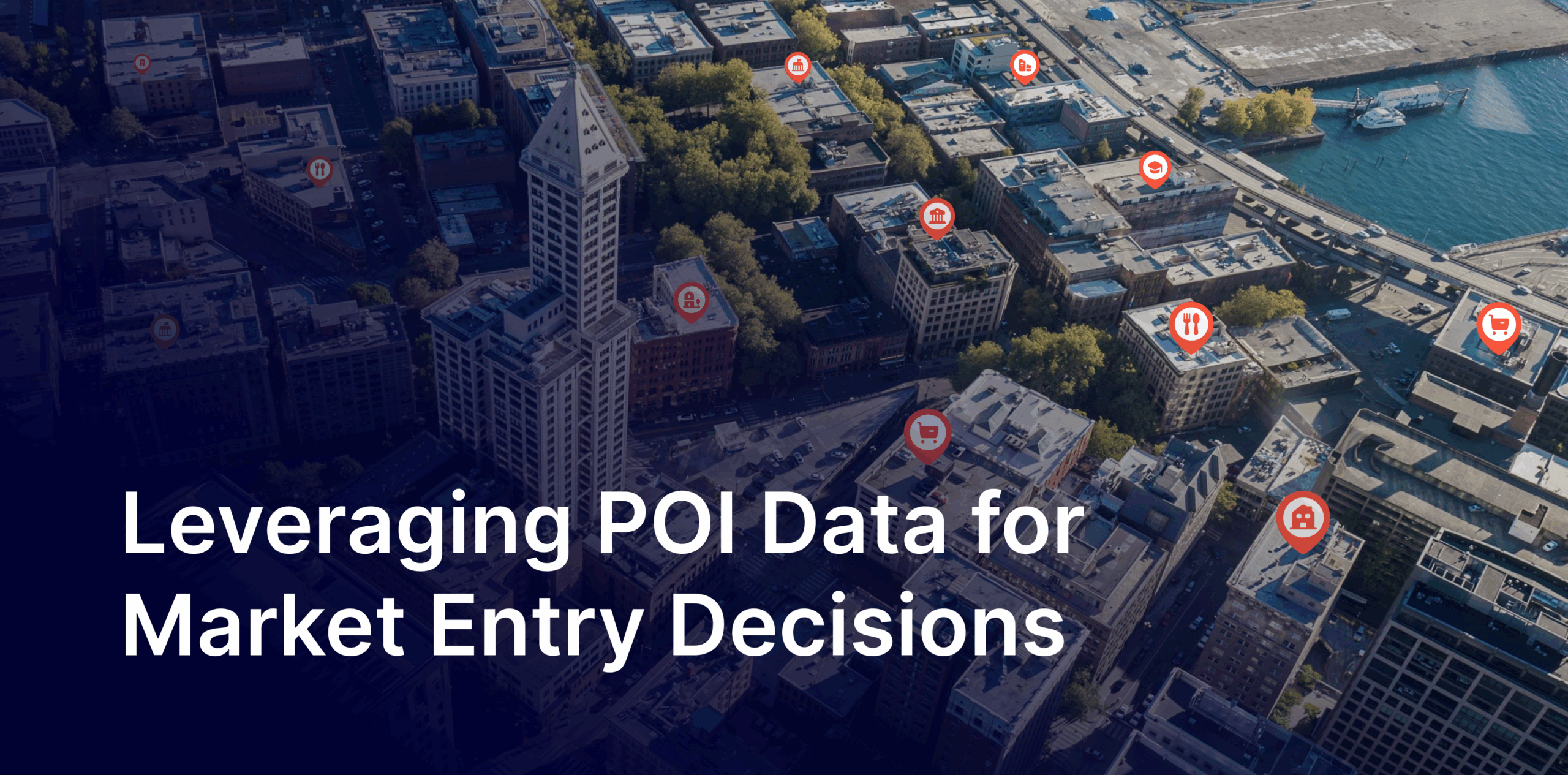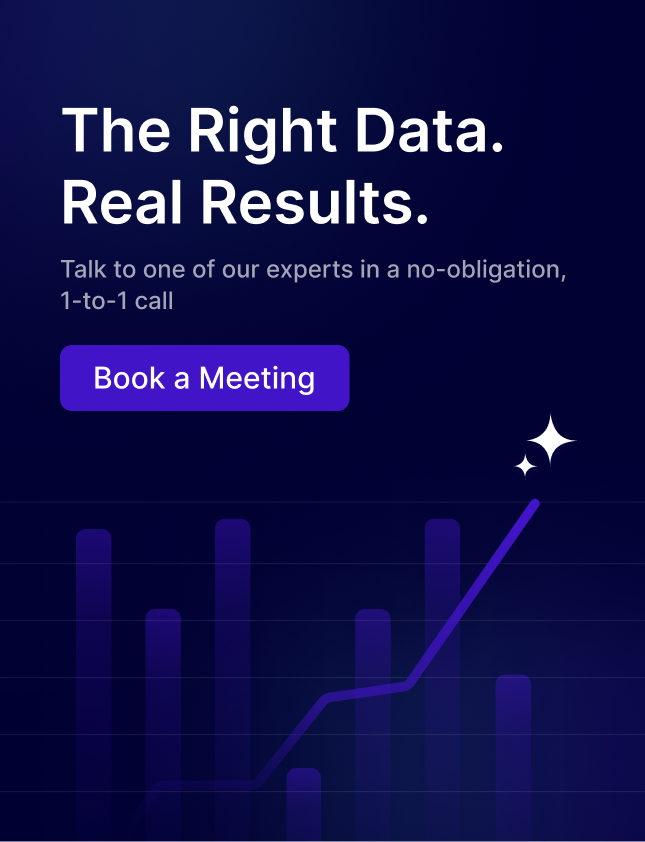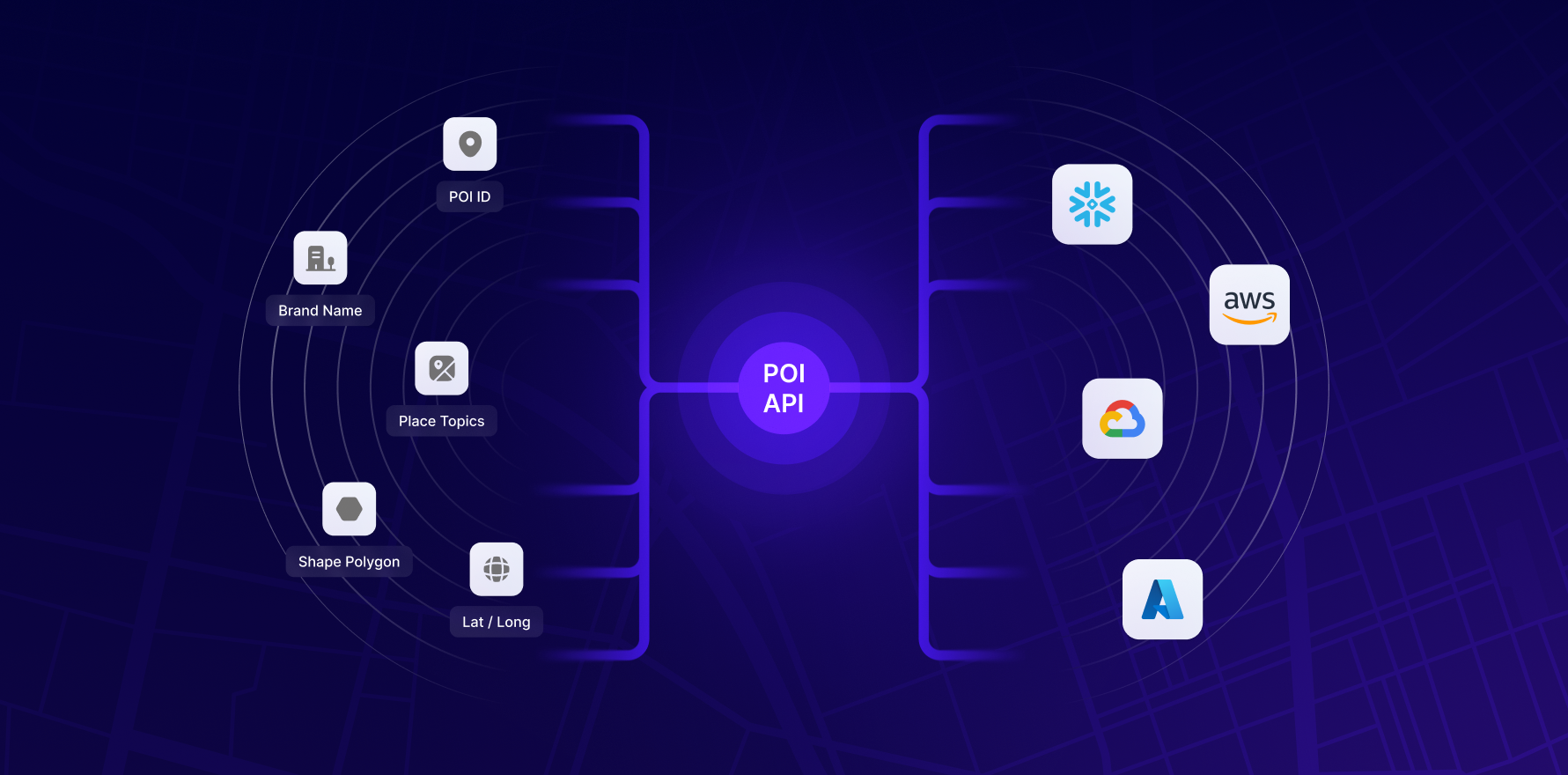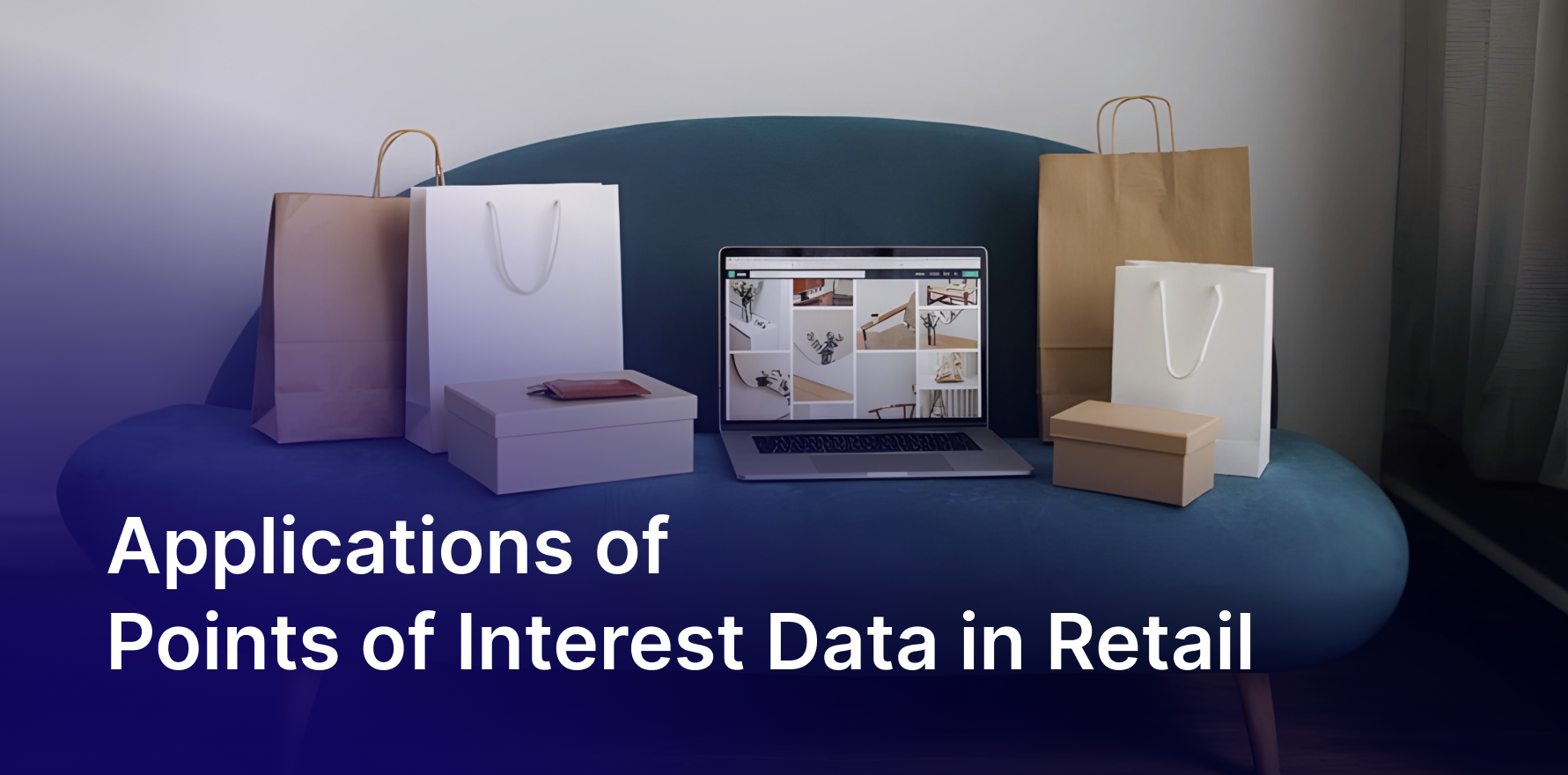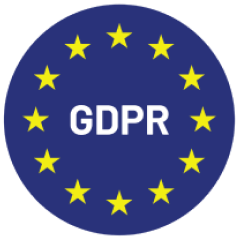Expanding into new markets is exciting, but it comes with real risk. Each location decision can either fuel long-term growth or drain resources and damage your brand. But what if you could take the guesswork out of expansion?
That’s where POI data (Points of Interest) changes the game. With detailed insights into business environments, community features, and consumer behavior, POI data is becoming essential to every smart market entry strategy. Let’s explore how it works and why it matters.
What is POI Data?
POI data delivers more than just coordinates; it paints a rich picture of a neighborhood’s commercial DNA. It includes:
- Business categories, hours, and services
- Community amenities like parks, schools, and transit
- Physical attributes such as accessibility and parking
- Relationships between locations and surrounding foot traffic
This level of detail gives you a complete picture of any neighborhood’s commercial landscape, helping you understand where people go, what they do, and who your real competitors are.
The challenge with market entry
Traditional market entry planning relied on limited inputs, such as demographic data, traffic volumes, and known competitors, which left major blind spots.
You didn’t know which nearby businesses might boost your foot traffic. You couldn’t tell where customers spend time. And you likely missed emerging competitors or subtle market trends.
With POI data, you can uncover these hidden insights and use them to shape smarter, more confident expansion decisions.
How POI Data helps you spot the right opportunities
Understanding real competition
POI data reveals not just direct competitors, but also indirect players meeting similar customer needs. For example, a fitness brand might map out gyms, yoga studios, and even health-focused cafes that attract their audience.
It also highlights gaps. For example, a gym chain could discover that while a neighborhood has several facilities, none offer 24/7 access or specific wellness programs. This uncovers white space in a seemingly saturated market.
Identifying complementary businesses
Winning locations often surround complementary businesses, not away from competitors. For example, a boutique coffee brand might thrive near bookstores, coworking spaces, or artisan bakeries.
With POI data, you can search for clusters of these business types and zero in on areas with the perfect brand fit, even in unfamiliar cities.
Spotting underserved areas
POI data helps identify market gaps, neighborhoods with demand but limited supply.
A grocery brand could combine POI data with transit maps and residential density to locate food deserts, areas lacking fresh food access. These underserved zones become both business opportunities and impact-driven expansion targets.
Check out more applications of POI Data across various industries
Real world example: How POI Data drove smarter health expansion
One health services provider wanted to open urgent care centers across a major city. Instead of relying solely on population and healthcare facility counts, they used POI data.
They discovered that their best-performing clinics were located near pharmacies, family-focused retailers, and transit hubs. They then mapped neighborhoods with similar POI profiles.
They also layered in mobility data to see daytime movement patterns, finding that some low-residence areas actually had heavy worker traffic, ideal for weekday urgent care access.
Most importantly, they used POI data to analyze existing competition beyond locations, factoring in open hours, offered services, and facility size. This revealed areas with limited healthcare options despite surface-level presence.
The outcome? Their new locations, picked using POI analysis, consistently outperformed older sites based on traditional data alone.
How to use POI Data in your expansion strategy
Visual mapping tools
Use tools to visualize POI data with heatmaps, business clusters, and proximity layers. These help surface trends and opportunities that spreadsheets can’t show.
Market penetration insights
Use POI data to assess how well a category is served in a given area. Look at competitors’ density, average distance to a service, or ratio of competitors to complementary businesses.
This helps you identify over-served and under-served regions with more confidence.
Location scoring models
Build custom models that weigh different POI factors, such as proximity to transit, nearby brand-aligned businesses, competition within a 500-meter radius, and parking availability.
Assign values to each factor based on historical performance and score potential locations accordingly. This removes gut instinct from high-stakes expansion decisions.
Here’s how POI Data helps retailers make data-driven decisions for growth
Getting the most from your POI Data
Combine it with other data
Pair POI data with demographics, mobility insights, and spending patterns. This creates a multidimensional market view, reducing blind spots and helping you model behavior more accurately.
Validate with field insights
Send teams to verify promising locations. Talk to local business councils, observe foot traffic, and gather qualitative insights that POI data alone might miss.
Track historical shifts
POI data over time can help forecast a location’s trajectory. Rising business diversity, lower turnover, and new cluster formation often signal growth.
Investing early in such areas gives you a competitive edge.
How POI Data is sourced and kept fresh
Quality POI data comes from combining sources: business listings, mobile movement data, satellite imagery, licenses, and human verification. Top providers update their data continuously to reflect store openings, closings, and service changes.
Your expansion decisions are based on live, accurate, and relevant location intelligence.
The future of POI-driven expansion
As POI data becomes more real-time and integrates with other intelligence sources, the ability to forecast market shifts is stronger. Businesses that embed POI insights deeply into their market entry strategy will spot growth zones ahead of the curve.
Final thoughts – Plan your next location with precision
Opening a new location will always carry some risk. But POI data reduces that risk dramatically.
It gives you the confidence to understand an area deeply, who’s there, what they need, who serves them, and where the opportunities lie. And it helps you act before your competitors do.
The best companies already use POI data to guide smarter, faster, and more successful expansions. Are you?
Curious which markets are your next big win?
Let’s map it out, book a 15-minute strategy call with our data experts.
You may also like

